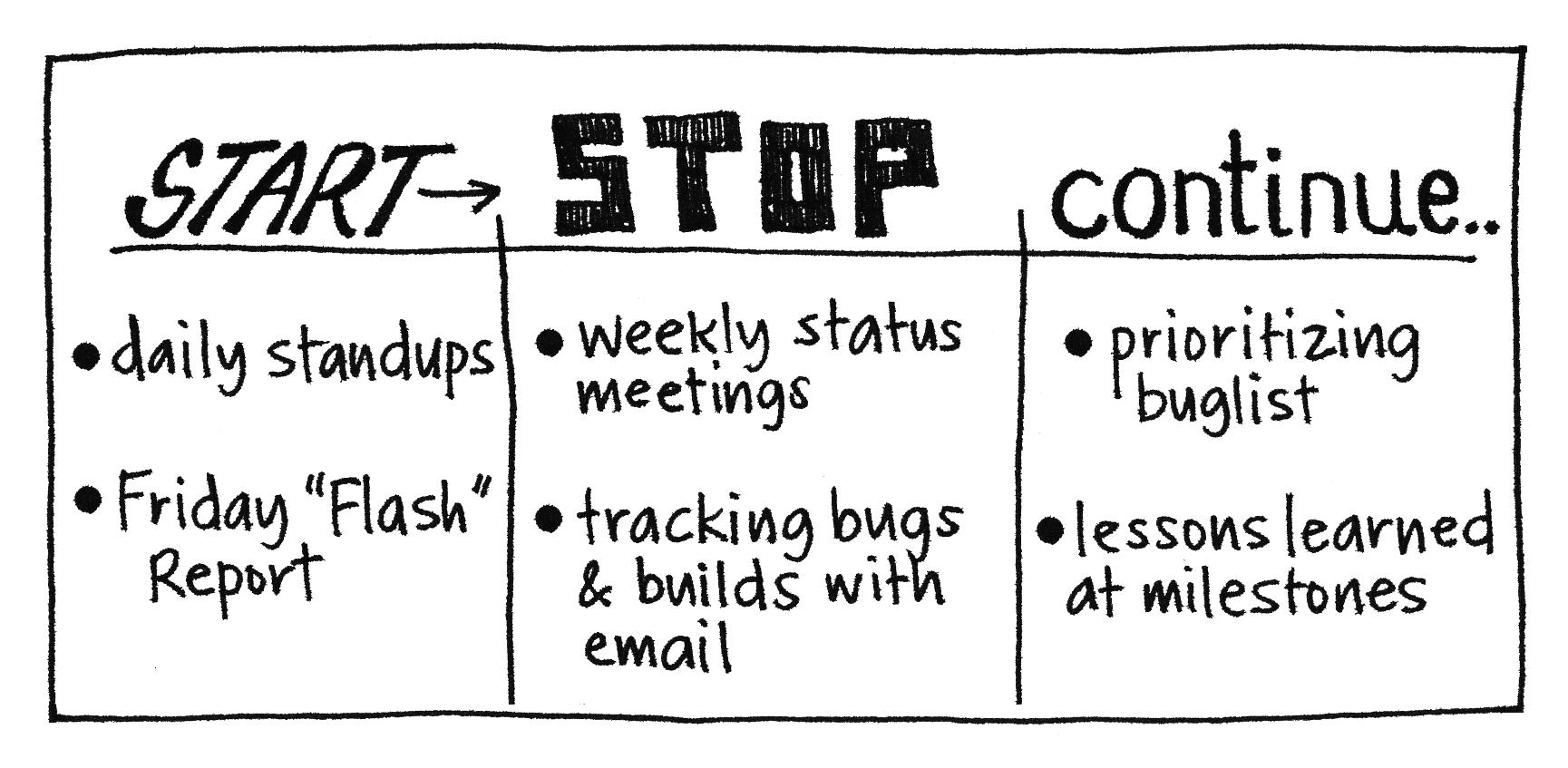Object of Play
What’s the difference between a business meeting and a conversation at a café? The World Café is a method for improving large-group discussion by borrowing concepts from the informal “café” conversations that we have all the time: round tables, cross pollinating ideas, and pursuing questions that matter.
As a conversational process, the World Café may take on many forms. Here is a “quick start” flow to consider, which focuses on the basics.
Number of Players
24–30 participants in groups of 4–5 at round tables
Duration of Play
1.5 hours
Setup
As the leader, you will need to find the “questions that matter” which will guide the rounds of discussion. A powerful question will be evocative and simple; it should be immediately tangible and relevant to a challenge the group faces. The group may focus on one question or move through a group of subsequent questions. For example, “How might we start having more real conversations with our customers?” may be enough to sustain three rounds of discussion.
Develop your questions that matter, and then focus on creating an inviting and hospitable environment for the event. This may not be an easy task in typical conference spaces. Some things to keep in mind include the fact that round tables are better for conversation than square tables, and each table should be equipped with drawing supplies such as markers, flip charts, and/or paper tablecloths.
How to Play
The event consists of three 20-minute rounds of group discussion at tables, followed by a group synthesis. After each round, one person stays behind to serve as a “host” of the next round, while the rest travel to other tables as “ambassadors.” In this sense, participants have a chance to go “around the world” and bring their ideas with them from table to table.
During the rounds of discussion, encourage participants to link ideas from one round to the next.
Here are some things to consider:
- Spend the first few minutes talking about the last conversation. The “host” can present ideas left at the table, and the “ambassadors” should talk about what they’ve brought from their respective places.
- Leave evidence. Draw key ideas out on the table. For the next group to appreciate the previous conversation, they will need some artifacts to respond to and build on.
- Connect diverse viewpoints and respect contributions. If needed, use a “talking stick” or button to manage each other’s input.
- Look for patterns. By the second and third rounds, themes and larger patterns will emerge in the discussion. Encourage participants to look for these and make them evident by drawing or writing them toward the middle of the tables.
After the last round, it’s time for a town hall discussion to synthesize what the groups have discovered. Referring back to the questions that matter, ask what the answers were at the different tables, and how they are connected.
A community of practitioners maintains the evolving methodology, process, history, and design principles at www.theworldcafe.com.











